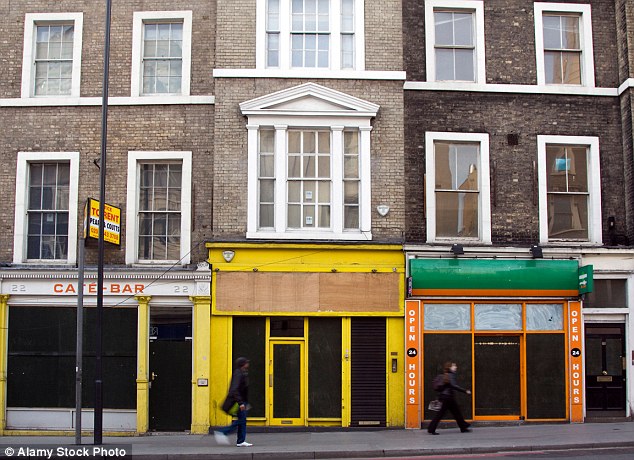Are Our Cities Ready to Become Smart? – How the regulators can handle innovation?
Innovation and public interest
Innovation is generally considered a good phenomenon, as we, human beings love to advance. In the XXI. century, innovation is especially glorified if its involves making something smart.
It is also self-evident, that in case of most innovations, we don’t know the impact on our broader environment, society, nature or the lives of individuals. It is enough to think about the recent controversies that hit the news related to Facebook. While not many would doubt that social media is making our world a better, more open place, its power for manipulation of masses and spreading fake news has direct effect on politics, our societies and so mankind’s history.
Companies in of the modern times are acting responsibly, which makes innovation a bit more deliberate. However, as the primary aim of companies is to make profit, considering the greater good, like welfare and environment remains the duty of the state, city council and other elected authorities.
I’m not stating that innovation shall be decelerated by the state, but regulators should attempt to create flexible frameworks where the kind of innovation is supported which is believed to bring greater benefits.
Otherwise, step-by-step firms will overcome assets, knowledge and information that should be publicly available.
Urban context
Smart city is in the focus of innovators for a while and it is especially interesting from the question of public interest. Not only because it is related to a the city, something that is believed to be public good, but also because it is not one single product (like other smart gadgets), but it a set of innovative products and services which aims to disrupt the way cities are working.
Innovation should be decentralized without doubt, as a city can be developed best by its people. But do not forget the fact, that regular development in the city, like erecting a new building or setting up a fancy bar on the corner are regulated as well! When the authority decides if a particular building can be built it raises a lot of questions, before granting the permit as it takes public interest into account.
Is it of the right function?
Does it fit into the cityscape?
Will the infrastructure be able to handle it?
And so building is permitted, but creative energies are channelled in a direction that is best for the community.
Uber’s example
Let’s take the example of the most basic disruptor of today’s city living: Uber. Uber is a service that makes life easier and invaded an unregulated territory of urban mobility. Innovation! However, latest studies show that it is also a service, that actually kills of public transport and increases congestion what is just the opposite that was expected from a prime example of the adored sharing economy scene. Uber also possesses data that would be really valuable for the public.
So is it right to let it fly?
The solution is definitely not the completely ban Uber, but regulators must find the state that is most ideal for the public and make sure, that the future awaits us more ready.
Ways should be figured out, how the data captured in smart city ventures can be used for the public interest and flexible regulatory frameworks should be created, which channel innovation to the best directions possible. Just as in case of constructing new buildings.
Vince Takács
487491


